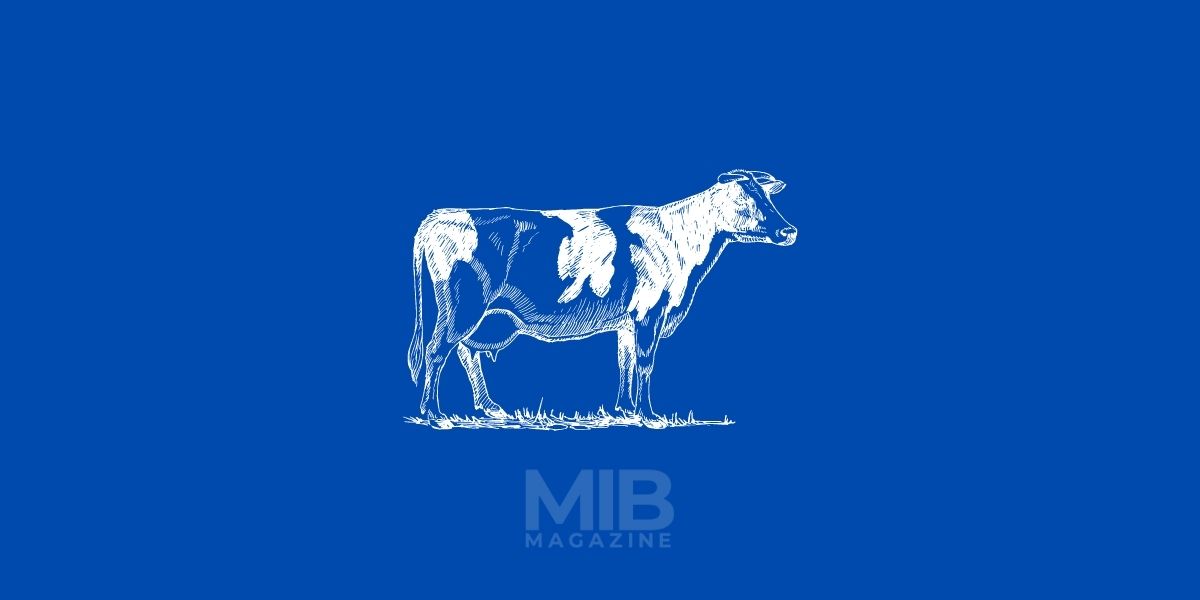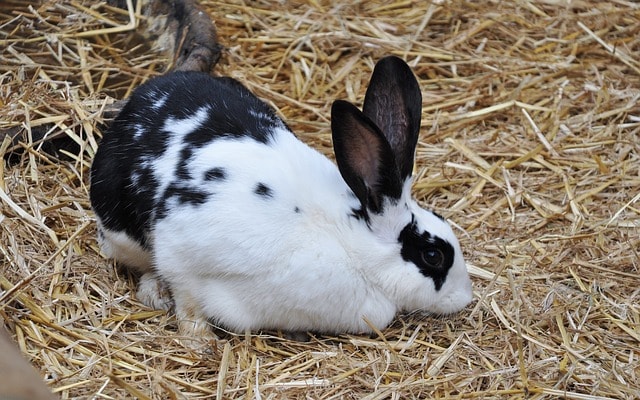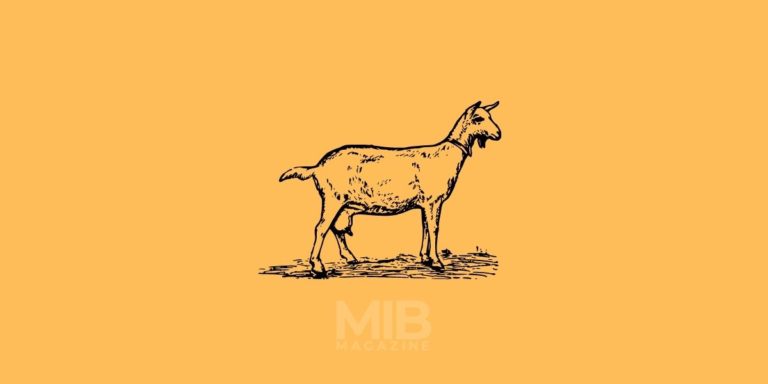How to Start Dairy Farming in 7 Steps – Business Plan

Dairy farming requires high investment in the initial stages, but profits at the end, make it worth your while!!
You may choose pure breeds or cross breeds. In fact, rearing of cross breeds with artificial insemination has generally proved to be more profitable. This is very profitable business if you start with an effective business plan.
In this article we have covered important tips which you should mention in your business plan. Make sure that you follow the tips given below.
Also, we have covered all detailed information on how to start, run and successfully grow your dairy farming business to the next level while managing the profit margin.
Dairy Farming Business Plan
1. Select Location for Your Dairy Farm
Elevated land is better to avoid stagnation of rainwater and wastes in the area. Ensure that the foundation soils are not heavily desiccated or dehydrated, since they become prone to fissures and cracks during the rainy season.
Lands too elevated will not be able to hold water and hence no green pastures for the cattle will be possible. Do not use fertile land for housing cattle.It will be more expensive.
Allow mangers, platforms and gutters within the shed to soak in direct sunlight. This becomes possible if the animals’ barn is in the north-south direction. It should also have maximum protection from overly hot or overly cold winds.
The structure should be durable, located near scenic vistas and closer to the main road. Keep your animals safe from thieves, wild animals and hazards like protruding nails, highly polished floors, loose hinges, narrow gates, high manger curbs etc.
Fence it up well so no thieves or wild animals can enter.
2. Different Kinds of Housing
Two types of barns are popular amongst dairy farmers.
(i). Loose System
This system helps you to become an efficient manager.
You don’t have to spend too much on construction of buildings. The animals should have the freedom to move around, to yield you profit, even with minimal grazing.
They should be able to exercise well and stay healthy. Tie up a cow only during milking, or if it requires any treatment.
You will be able to detect an animal in heat, quite easily. Think about room for further expansion if you can afford it.
What Kind of a Cowshed will you Construct in Loose System?
- The boundary wall should reach four to five feet in height, on all three sides.
- Keep the fourth side open for the manger, water trough, etc.
- Every cow should have a couple of feet at least of manger space to call her own. This is for feeding.
- A water trough with a width of ten inches would be ideal all along the manger.
- The 5-feet wide and slightly sloping flooring under the roofed portion,can be paved with bricks.
- The remaining area of 40 x 35 feet with its boundary wall can be unpaved and must possess a gate.
- Whenever the weather is cold, your cows will go and settle down to protect themselves.
- It would be good if the animals face north while feeding so they will be in shade.
(ii). Conventional System of Shed Construction
These are expensive, and not so popular, but perfect for regions suffering weather variations from adverse climatic conditions.
What kind of barns will you construct?
- Ideally, you may house not more than 80 to 100 cows in a large structure.
- Opt for a single row or a double row arrangement.
- The cows can rest in a face-to-face or tail-to-tail manner, if placed in double rows.
- When placed face-to-face, you will find it easier to feed all your animals and help them get into their stalls easily, to ensure that direct sunlight reaches the gutter.
- When placed tail-to-tail, you will have more space to milk the cows; your animals receive plenty of fresh air; to prevent spread of disease from one animal to another.
3. How will you Look After the Calves?
- Construct a completely enclosed shed measuring at least 10 x 15 feet, on one side of the main building.
- This will serve as the calving pen too, when climatic conditions are not favourable.
- Provide the young ones with 50 x 50 feet of open area with a boundary wall so they can jump and play around.
4. Things to Keep in Mind While Constructing the Roof, Floor and Walls
Use tiles or asbestos sheets to construct the roof or Mangalore tiles to avoid heat. You may use corrugated iron sheets, only if they have painted aluminium surfaces and wooden insulation underneath, to avoid heat of sunlight.
If the roof’s height is eight feet on all the sides and 15 feet at the ridge, your cows will get plenty of healthy ventilation.
Floors can be paved with bricks. Alternatively, you can use grooved cement concrete, or any other material easy to clean. The idea is to keep the 65 to 70 sq ft of space per cow dry and non-slippery.
It would be good to have a slight slope in the flooring, from the manger to the excreta channel. If you use cement for the walls and give them a smooth and hard finish, you can rest assured that the cowshed will remain free of moisture and dust by washing it.
Keep the corners round. Sharp corners can hurt the cows in movement.
If you live in the plains, you may choose walls measuring just about 4/5 feet in height. The roof may receive support from iron or wooden pillars or masonry work, for allowing great circulation of air and light.
5. Things to Keep in Mind While Constructing Doors, Alleys, Manger and Manure Gutter.
- If your cowshed comprises single row stalls, keep the doors 7 feet high and 5 inches wide.
- If your cowshed has double row stalls, the measurements must be 9 feet and 8 inches to allow two cows to pass together in case.
- Every door should be able to flatten itself against the external wall and be fastened to the walls.
- When your cows settle facing each other, the central walk must measure 5 feet in width at least.
- If they face out, the width must be a bit wider, with the alley sloping towards the two gutters on either side.
- Even the feed alley must be four feet in width at least, if your cows are in a tail-to-tail position.
- If your manger needs to be high in the front, in order to prevent wastage of fodder, keep the measurements of one foot (height) and four inches (width).
- If your manger needs to be low in front, six to nine inches should be enough.
- The back of the manger can be 2 feet x 3 to 6 inches.
- The width can be two feet or more.
- Keep the manure gutter wider and sloping, for easy flow and cleaning.
6. Tips with Regard to Housing Calves
- When cows go into labour, keep them in enclosed sheds with doors, windows, ridge vents, ample space and plenty of soft bedding for the new calf.
- Bulls/bullocks can be kept in sheds (each measuring 15 x 10 feet) having rough cement concrete floors, mangers and water troughs.
- A door for each shed, measuring around 7 feet in height and 4 feet in width would be ideal.
- A difficult-to-jump-over yard with a swing gate, would provide every bull/bullock some exercise in peace!
- Make sure to keep other animals in view, so they don’t feel isolated.
- With regard to young stock, categorise them in about three groups according to gender and age.
- Each group would be comfortable in a separate shed with good ventilation, dry floor, water trough, manger and exercise yard.
- If any animal is diseased, isolate it in a separate shed, away from the other animals. Make sure its wastes drain off into a separate drainage disposal system not to spread any germs.
7. Miscellaneous Tips For Profitable Dairy Farming
To keep every cowshed clean and well sanitised, you will need a shovel, and an iron or plastic basket and a wheelbarrow for removing dung, leftovers and used bedding;a long floor brush for cleaning the water trough and floor; wall brush for removing cobwebs; broom sweeping the floor; lime mixture for whitewashing walls and water trough;disinfectants for cleaning walls, stanchions, railings etc.
Request an experienced dairy farmer to help you select your disinfectants, germicides, fungicides and insecticides wisely, such that your animals face no harm from their usage, insects, plant growth or microbes. You may go in for iodine/iodophors, sodium carbonate, quick lime, slaked lime, bleaching powder, phenol, neem powder etc.
Dry fodder, paddy straw, wheat hay, etc.green fodder protein-rich and leguminous rabi crops as feed can yield good milk;include mineral mixture for supplementation.
Your animals must have plenty of fresh and clean water, during all seasons.
Consult a veterinarian for advice on timely vaccinations, care of pregnant cows, mating and insemination, management of newborn calves, etc.
Check your cows every day, preferably every morning, to see if they are ruminating well. If a cow is not ruminating, it indicates that it is sick.
Feed the cow prior to milking, and lubricate its udder with mustard oil.
A cow must not sit down immediately after milking at least for half-an-hour, since its udder may become infected. Feed it, so that it remains standing.
Avoid giving raw rice, raw wheat, etc, for an animal’s metabolism is different.
Feed them twice, once in the morning and in the evening, and allow it to graze too in the afternoons.
If the winter is too severe, place jute bags over the cowsheds to cover open spaces like curtains and light a fire in a safe place for providing heat.






